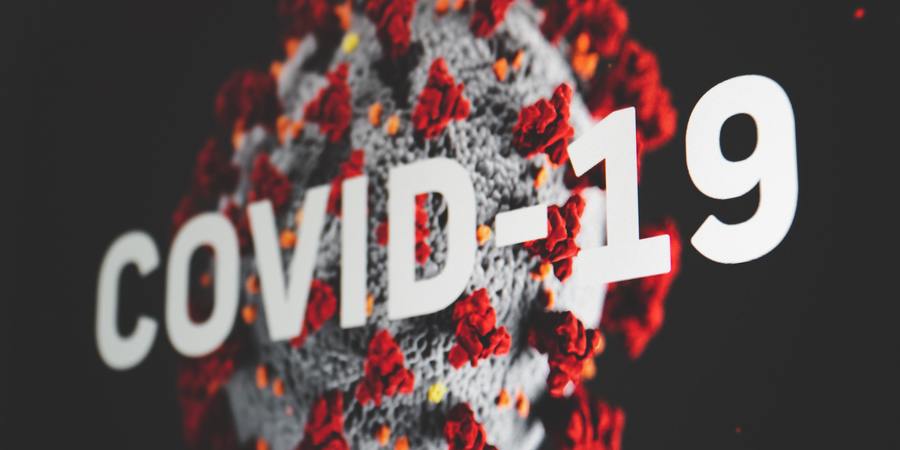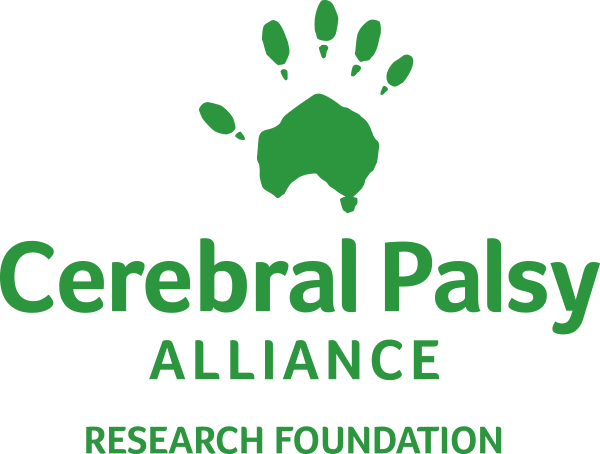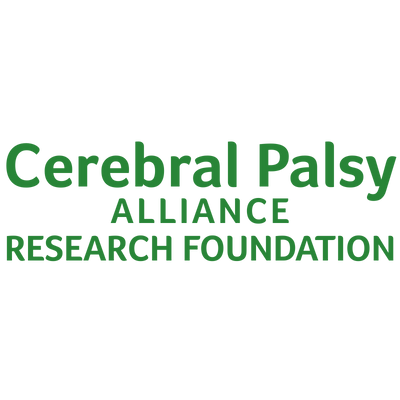
Cerebral Palsy and COVID-19: A Researcher's Perspective
The CPARF team recently connected with Dr. Joline Brandenburg of Mayo Clinic to learn more about her work researching COVID-19 and how it affects people with cerebral palsy. We're so grateful that she shared her insights with us, and we are thrilled to be able to share them with you. This is the first of two posts.
The Centers for Disease Control listed cerebral palsy as a condition at high risk for a serious case of COVID-19, if caught. Can you explain why you think they made this recommendation?
It may be surprising, but this is actually a fairly complicated question as both age and underlying health conditions play a role in susceptibility to severe disease from COVID-19. I expect the intent of the CDC in including the diagnosis of cerebral palsy as a high risk for serious complications from COVID 19 was focused primarily on individuals with more severe cerebral palsy, such as those who have a tracheostomy and/or G-tube and/or recurrent respiratory infections.
However, all individuals with cerebral palsy, regardless of age or Gross Motor Function Classification System level, should be considered higher risk for respiratory complications if they were to contract a severe infection because of their inherent impairment in neuromotor control.
What I mean is that all individuals with cerebral palsy have some degree of difficulty with making their muscles do the activity they want them to do. And while we classify the severity of cerebral palsy based on how well an individual can be independently mobile and by the limbs that are most affected, for most with cerebral palsy, there is some degree of impairment across all muscles.
One muscle that is frequently over looked and critical to consider during COVID-19 is the diaphragm. The diaphragm muscle is critical not only for regular breathing, but also for high force behaviors like coughing, forceful expulsion like with choking, or Valsalva for stooling. For individuals with cerebral palsy, the diaphragm is generally strong enough and sufficiently coordinated to be able to do regular breathing.
It is not until the need for generation of higher forces that impairments in the function of the diaphragm is seen. Thus, when the diaphragm needs to repeatedly and forcefully contract for coughing, or forcefully contract when breathing with stiff lungs due to COVID-19, individuals with cerebral palsy will likely experience trouble quickly. This trouble includes inability to generate sufficient force to clear the airway and in fatiguing with the increased work of breathing.
Do you believe that people with all levels of cerebral palsy have at least some increased risk of a serious COVID-19 case, if caught? If so, can you explain the different types of risks depending on the Gross Motor Function Classification System?
COVID-19 is a somewhat unpredictable virus, but what is known is that those with secondary health conditions, particularly health conditions that affect breathing, are at a greater risk than the general population for serious respiratory difficulties. While research is limited with regard to respiratory function in individuals with cerebral palsy, for children with cerebral palsy, activities such as breath holding, the amount of air they can exhale in one second, and pressure they can generate with maximal inhaling and exhaling is reduced in those at GMFCS levels I-III as compared to children who do not have cerebral palsy. Children of GFMCS levels IV-V were not included as they didn’t have sufficient coordination to reliably perform the testing, which inherently indicates even greater respiratory difficulties than those of GMFCS levels I-III. Furthermore, children with dyskinetic cerebral palsy (such as dystonic, athetotic, or mixed tones) had even greater respiratory impairments than children with primarily spastic cerebral palsy.
As the physical impairments in individuals with cerebral palsy do not improve with age, I would also expect adults with cerebral palsy to have similar difficulties. This respiratory difficulty may not impact the individual on a daily basis or with routine activities, but moreso would become apparent when the respiratory system is significantly challenged, like we have seen with COVID-19. Therefore, while most, if not all, individuals with cerebral palsy likely have some level of respiratory dysfunction making them at higher risk of severe respiratory complications from COVID-19, the most vulnerable individuals with cerebral palsy are those who function at GMFCS levels IV and V and those with dyskinetic cerebral palsy.
Fri 05 Dec 2025
An update on one of our most important initiatives: expanding access to life-changing assistive technology for Native Americans with disabilities.
Mon 08 Sep 2025
We’re proud to share that CPARF’s 2025 Remarkable US Accelerator cohort kicks off this week! This program supports disability-focused startups that are developing cutting-edge assistive technology.





